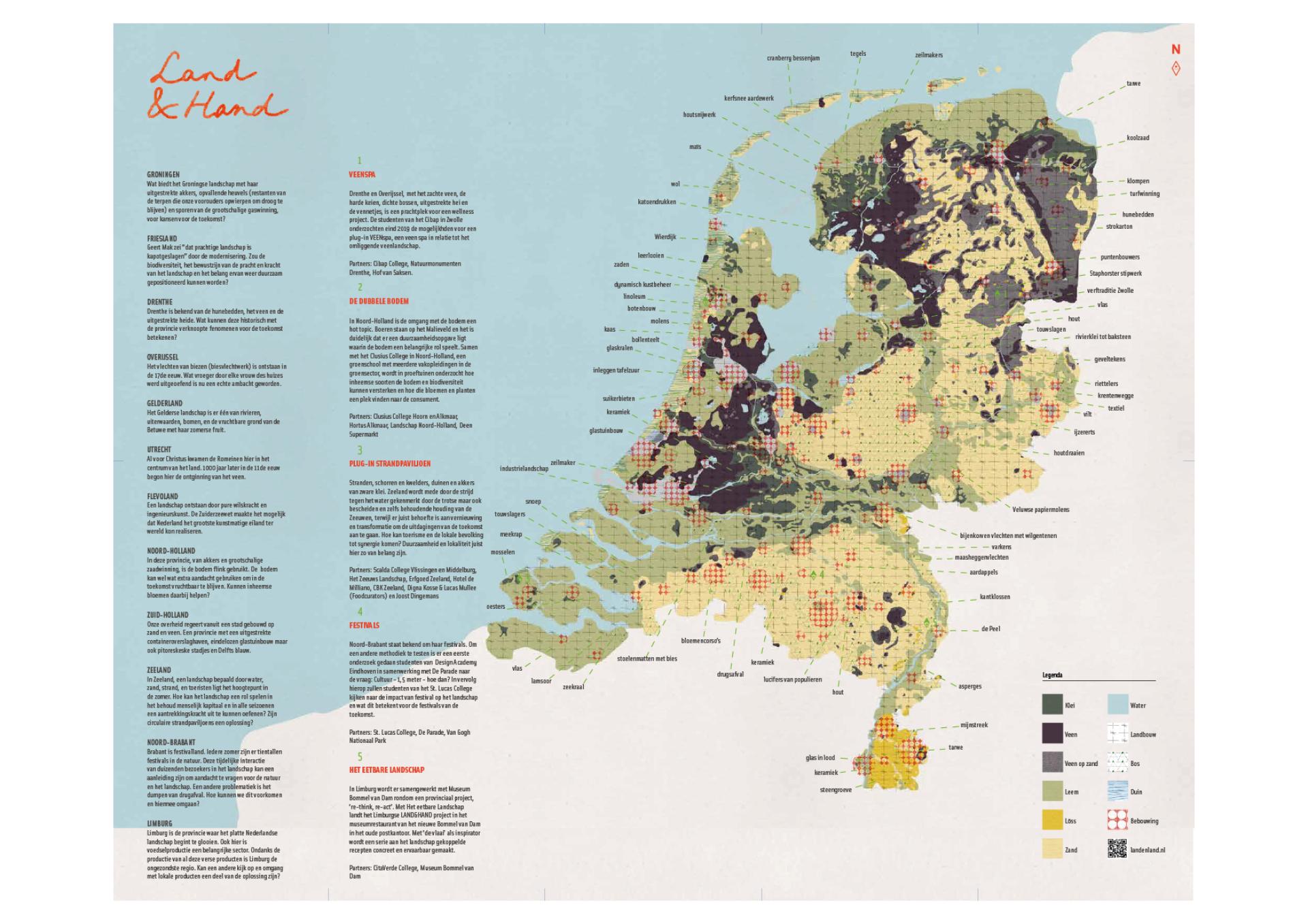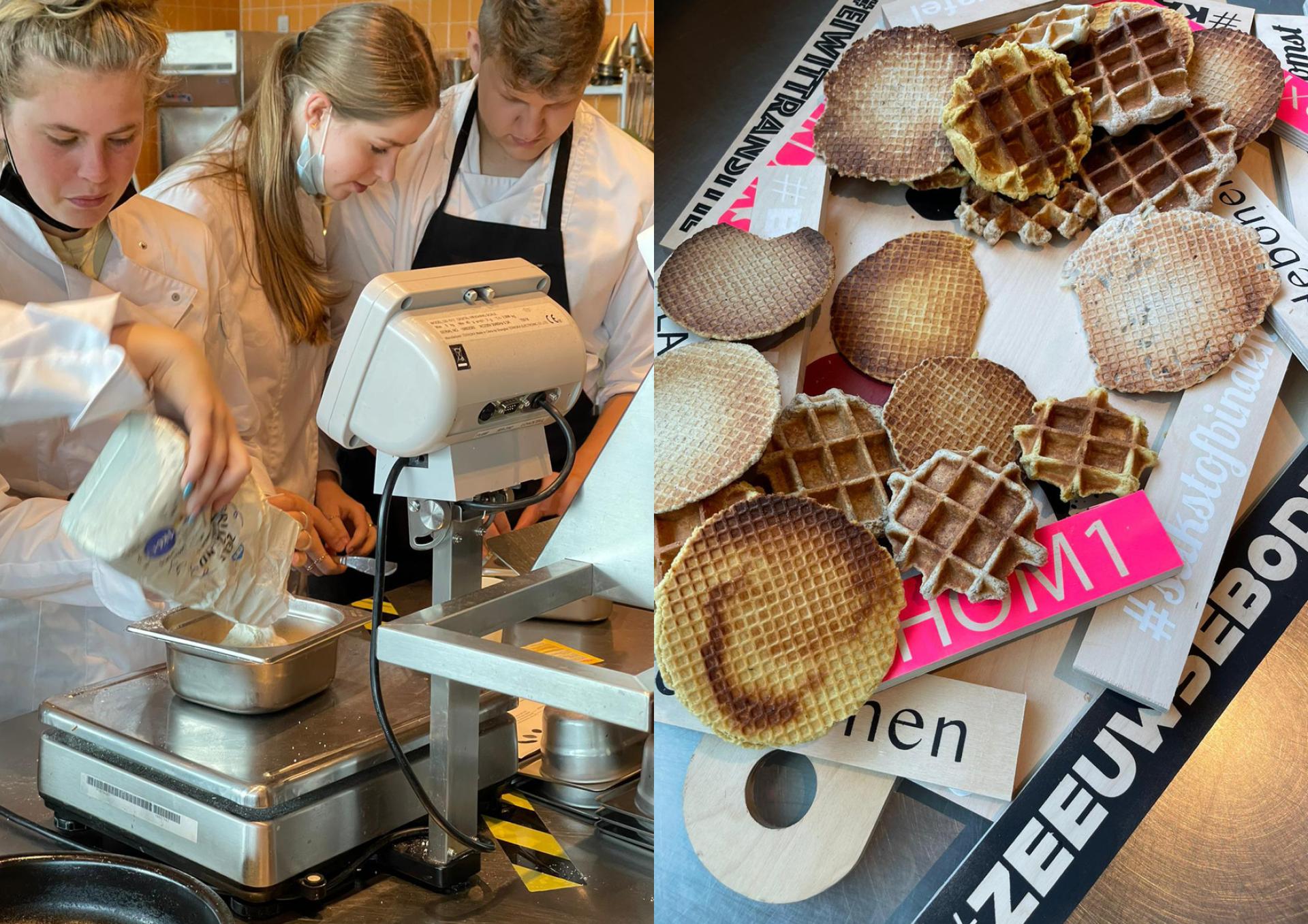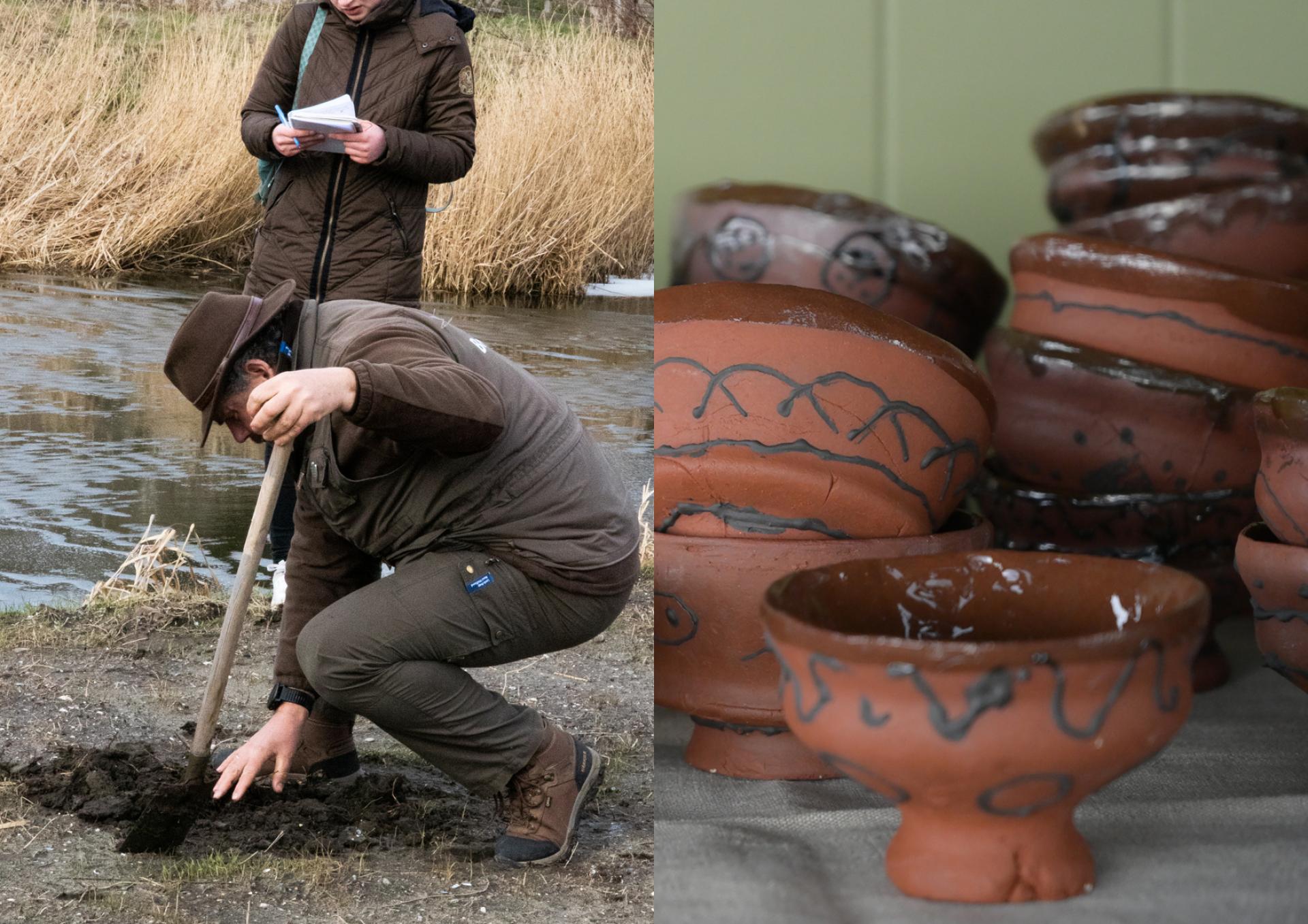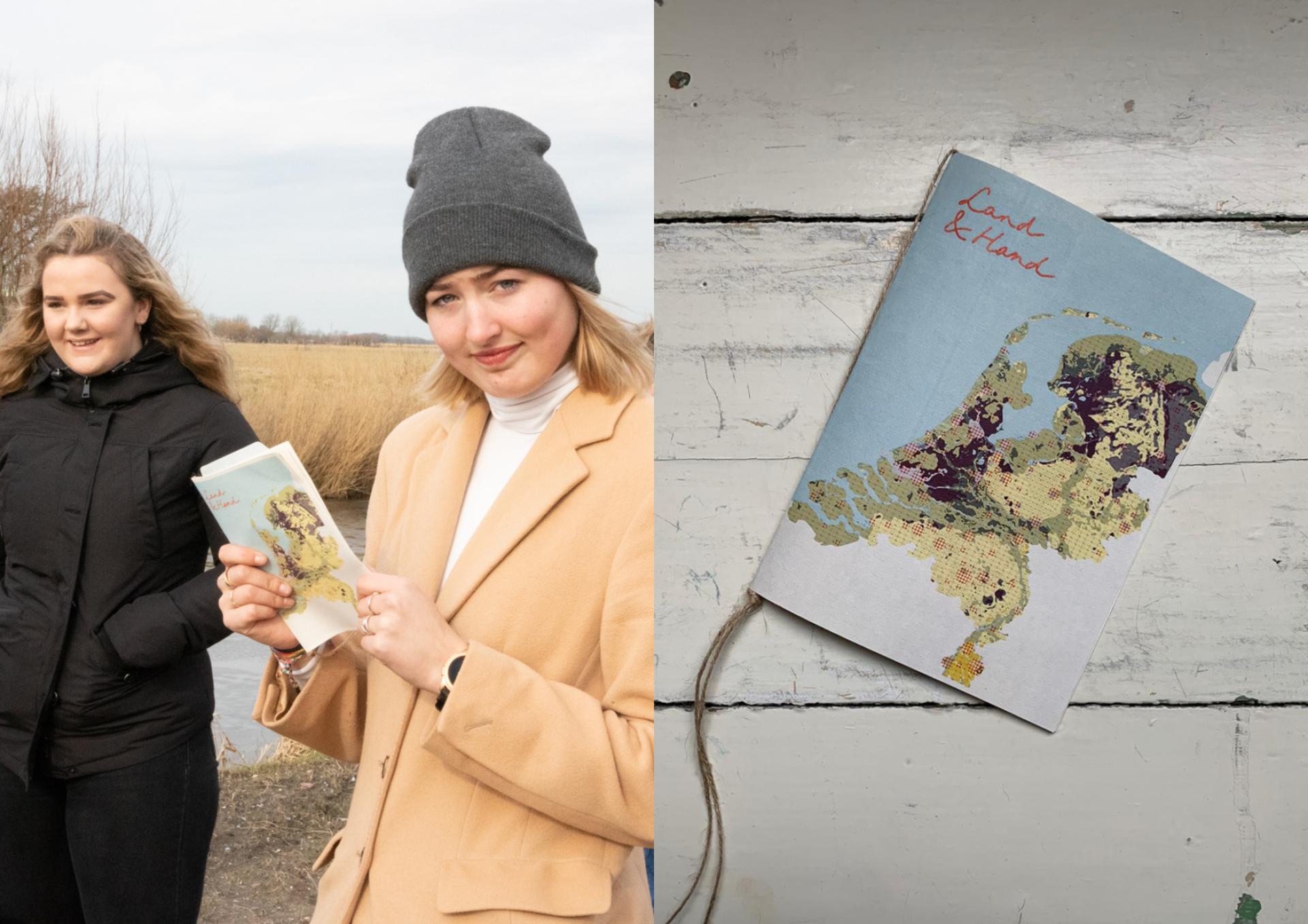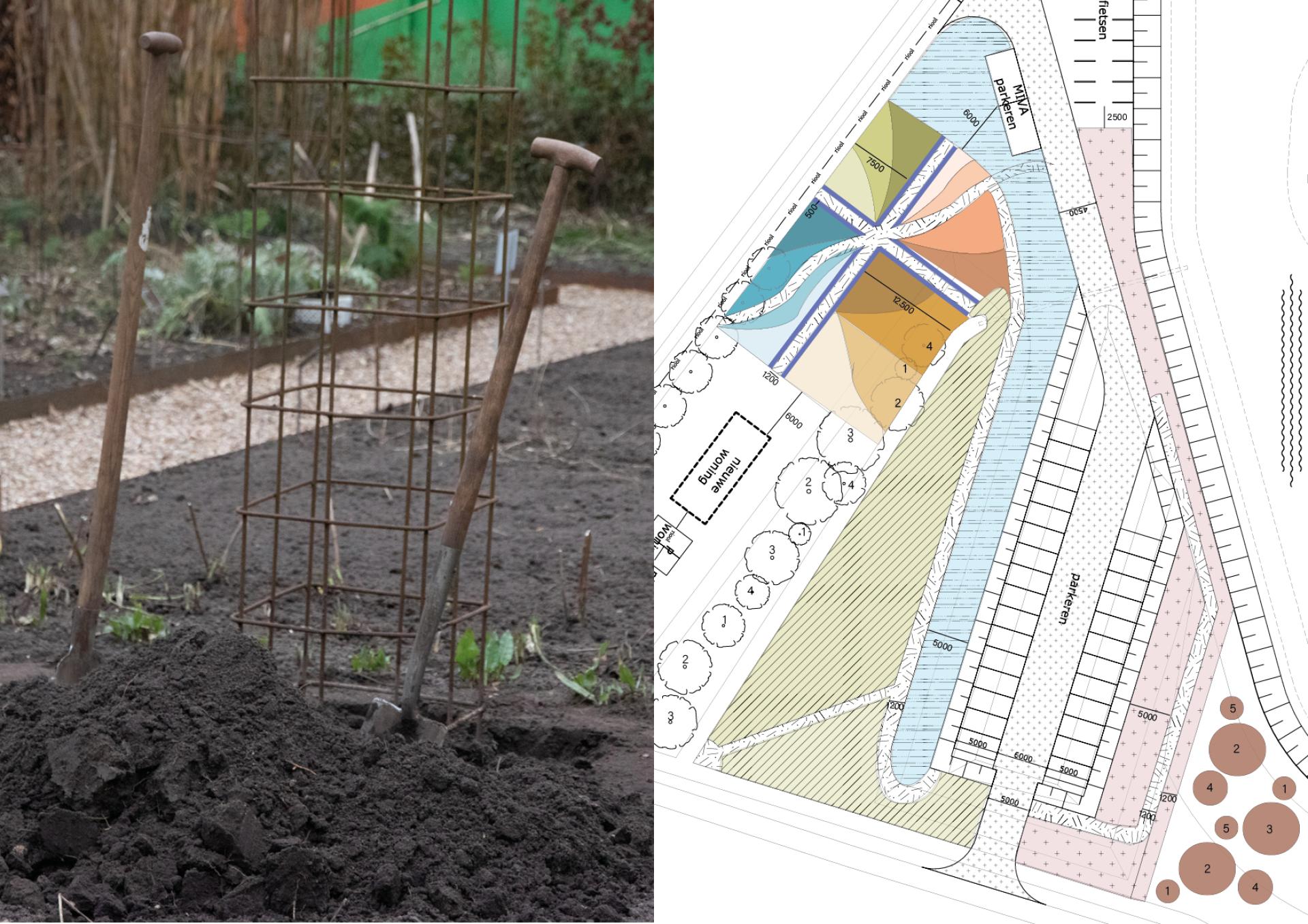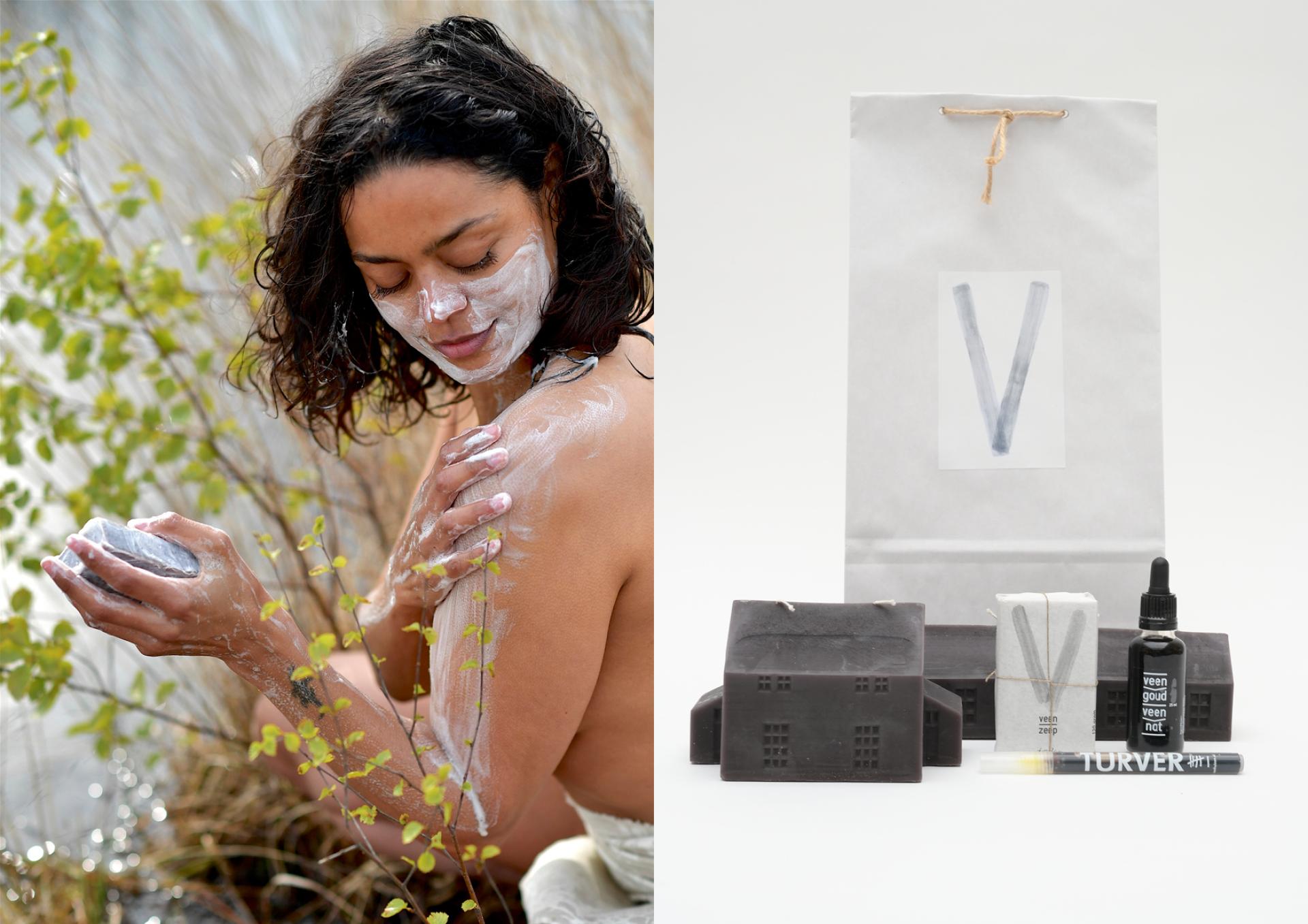LAND&HAND
Basic information
Project Title
Full project title
Category
Project Description
LAND&HAND is a project about the interaction between our local landscape, its materials and the craftsmanship connected to it. The project develops collaborations between vocational schools, entrepreneurs and landscape organisations. The aim is threefold: to develop cyclical awareness, a reappraisal of craftsmanship and the emancipation of the craftsman.
In short: how can we reinterpret the landscape that surrounds us and develop a sustainable productive relationship with it?
Project Region
EU Programme or fund
Description of the project
Summary
LAND & HAND is a project developed by KETTER&Co based on the need to restore the relationship between local landscapes, its materials and craftsmanship connected to it. The project started with the film 'Hands on' (Vimeo, password: Marcohandson), which portrays European crafts connected to their landscape, such as cork, marble or flax. With industrialisation moving industries overseas, demands for these European crafts and materials declined; the connection with the landscape was lost. Now the need for sustainable and local living increases, we need to recover this relationship with our surroundings. The project's ambition is to map out the European 'making' industries and materials. Starting close to home in The Netherlands, the landenhand.nl website maps out the work student do on the landscape.
The LAND&HAND method offers a strong structure with sufficient freedom for local applications. KETTER&Co decides the concept, but a local focus is chosen together with a local vocational school and locally relevant parties, such as entrepreneurs, knowledge institutes, nature organisations and local designers. For example, in Zeeland the theme is sustainable tourism, with work centred on the design of a circular beach pavilion and a menu focusing on the protein transition. In North-Holland the focus is on soil and seed production and in Limburg the project collects local stories and rituals around the Limburg 'vlaai' (tarts) as the starting point for nutrition and health.
Vocational schools educate the craftsmen of the future. Our project offers them perspectives and practical design-driven skills to interpret their environment. This shift to locality is not only valuable for increasing circular awareness among students to tackle the climate crisis, but it also contributes to circular methods in educational organisations themselves. Our method was incorporated into the curriculum of several schools, providing a focus on landscape and hands-on experiences.
Key objectives for sustainability
Historically, craftsmanship was linked to materials that were available in the local environment. The work of craftsmen was thus a reflection of the landscape, with reed, clay, stone or wood within walking distance. We have been expressing our humanity in handicrafts and crafts for thousands of years. Tools made by humans half a million years ago were more symmetrical and aesthetically pleasing than necessary to function. Humans have always worked in symbiosis with the materials from their environment, with the surrounding landscape. Due to industrialisation, globalisation and the cheap transport of goods, that relationship has weakened. The current climate crisis and sustainability problems require a reappraisal of this relationship. Together, and especially with the involvement of the future generation, we will have to find solutions to these new challenges, such as the scarcity of raw materials and the results of overproduction. This shift to sustainability requires a reorganisation of existing systems and production methods. In turn, education must be adapted accordingly. Our project aims to convert this observation into actionable perspectives.
By working with vocational schools we take aim at the systems that educate and prepare the craftsmen of the future. By initiating design-based hands-on practical projects founded in local environments, we affect bottom-up structural change within the educational system. Projects that ran in Overijssel, North-Holland and Zeeland led to systematic change, with the school adopting the awareness model into their curriculum. Practical projects like the wellness spa based on peat or waffles made with beans, provide students with real-life local and sustainable inspiration and help students reflect on their relationship with the landscape and its raw materials. The realisation that everything is interconnected, for example, informs long-term decision making. The paradigm shifts to fixing the earth.
Key objectives for aesthetics and quality
The learning environment of the future is outside. Students not only learn in school buildings but also in the landscape, and in this case even literally with their feet in the clay. The starting point of each local project is to experience the landscape, be it manmade or natural.
Firstly, the aesthetics are informed by the local landscape, with outcomes that are linked to what is there on or in the ground. In the traditional view, a maker’s perception of the landscape is largely in the physical makeup of that landscape. In The Craftsman, the sociologist Richard Sennett talks about “material consciousness” as the idea that a craftsman learns through making. Art curator Okwui Enwezor also talks about making as a form of research, whereby the materials inform the manufacturing process.
By introducing new perspectives and showcasing new possibilities, the project provides students with new sustainable mindsets connected to their local landscape. This awareness is introduced using tools. The LAND&HAND approach uses various activating methods that are relatable for the student and specific to the local context. These methods are largely adopted from art and design education and often focus on learning and experiencing through the different senses. In addition, working methods are used such as the dialogue to further develop reflection, critical thinking and communication. Excursions to companies and landscape organisations are part of each project and each part of the process is photographed, sketched, made, experimented, imagined, translated and presented.
Lastly, for each province a local young designer is employed, all of which have experience in design education and oversee the output of the student projects. The attached visual of a waffle, made with beans, is an example of designers working with students and guiding the aesthetics based on circularity and locality. Visual sensibilities are developed by experiencing a student's direct environment.
Key objectives for inclusion
The Netherlands has a knowledge economy with relatively little attention to craftsmanship. This has been reflected in the educational system, set out since the 1968 ‘mammoetwet’, which firmly put theoretical education at the centre and devalued practical education. As if one excludes the other. By differentiating between the two with ‘higher’ and ‘lower’ education, it distinctly marks those without a theoretical background. The Dutch emeritus professor Piet de Rooy calls it “an overvaluation of theory”. In the context of sustainability, traceability and an appreciation for locality, we set out to re-establish the appreciation for hands-on practical education.
The group getting this practical education belong to the majority of society and is largely the most diverse. Our larger sustainability aims ought to include this group to be successful, yet very few sustainability-based projects for this group exist. In order to include them, projects need to take their context into account.
“We are practical people. And in this project, the underlying layer is also important: what do you mean by it? And that is a different way of thinking for us.”
- student Cibap College, Zwolle, Overijssel
Results in relation to category
thereby contributing to the transition set in motion by the education system itself. Equivalents to professorships have been set up within the vocational system, with a focus on finding connections to the practical. This network provides the project with broader access to the restructuring of the educational system at a national level. It is important for projects like these to not remain incidental, but to lay a solid foundation.
With each local project, we find that schools have existing ambitions for change and are actively looking for feasible and practical opportunities to act on these ambitions. It is no coincidence that we are part of several workgroups within schools for innovation and have seen changes in the curriculum in response to our projects. Our experience with school showcases an eagerness for clear, honest and practical solutions that can be implemented with consideration of their local needs. One teacher from the Scalda College in Zeeland exclaimed: “this is the new form of education”!
In the accompanying transition model, we visualised how we want to influence the status quo in a sustainable way: from the linear to the circular. The creativity, imagination and transcending discipline of artists and designers are of the utmost importance in contributing to this transition.
Fonds 21 supported the project, calling it "an innovative MBO project in which design techniques and ways of thinking form the basis for students to relate to sustainability issues in the local landscape".
How Citizens benefit
Each project has a local manifestation, a real-life physical result that showcases the research and insights of the students and connected partners. This research made visible becomes a "real" functioning project to which the school and associated partners can continue to add. For example, a garden was created in the province North-Holland, around the parking lot of a fort owned by the provincial landscape government. This garden filled with indigenous edible flowers was researched, designed and will be created by students from a local ‘green’ school. Instructed by experts and guided by their teachers, these students create a location that can be viewed and visited by the public. The story of the local landscape is told to a wider public, offering an appreciation and insights into the local environment for everyone.
In line with social constructivist learning methods, students are taken into the surrounding landscape to experience the possibilities of their own environments. Under the guidance of local designers, students visit (cultural) entrepreneurs and landscape organisations. The students learn how artists and designers view and question the world and how they can arrive at new ideas and rich experiences from there. Under the guidance of the designer, they experience how they learn to analyse their context, use hands-on approaches, experiment and develop a vision. Step by step, the students carry out assignments and learn to come up with new insights, ideas and elaborations themselves.
Innovative character
Our goal is to inspire a new relationship between hand, head and heart. This project aims to increase circular consciousness in order to restore and contribute to respect to each other, our environment and our landscape. By encouraging students to think about their relationship with the landscape and raw materials in the world of tomorrow, we strive to make vocational education future-proof. In the long term, this would also contribute to a revaluation of vocational education.
The collaborations that we set up not only ensure a relevant project in the local context but also contributes to the support for vocational education in the province. These joint efforts also offer the interdisciplinary aspect, with different parties offering different expertise. In addition, these collaborations contribute to the transfer of the project to local partners, after which a program can be continued or repeated.
Our objective is that the LAND&HAND design-driven method, with a strong structure and with sufficient freedom for local applications, can be used by schools across the country. Working with local designers ensures the aesthetic, the local partners care for the local knowledge and the schools bring in the craftsmen of the future, often themselves from the local context.
Working with local entrepreneurs, nature organisations and the manufacturing industry ensures an anchoring in society and the local environment, it becomes "real" for students, connects entrepreneurs with a younger generation and brings innovation from the region to the forefront.
The use of a ‘toolbox’, a capturing and sharing of our method, allows for the project to be shared with others. Our design-based perspectives are broken down into practical hands-on programmes that can be used by others, allowing the project's legacy of thought to grow and lead to further structural change.

